
Site Highlight: Mille Lacs Moraine SNA
AmberBeth VanNingen, Northeast Regional Specialist and Arika McGraw (Preas), Northeast SNA Naturalist
|
Autumn is a favorite season for many Minnesotans. Not only do the bugs decline, but so do the crowds and humidity. The days are bright and crisp, favorite old sweaters are rediscovered, and the colors are unbeatable.
One of the nicest, under-the-radar places to experience the wonders of a Minnesota autumn is Mille Lacs Moraine SNA. This 318-acre site just southwest of Garrison celebrates its 10th birthday in October. It was preserved as a prime example of high-quality forests and wetlands, as well as the entirety of the 18-acre undeveloped Sunfish Lake. Most of the site is red oak-basswood forest, dominated by those two tree species as well as large-toothed aspen, ironwood, and sugar maple. This makes for a forest of golds, greens, bronzes, and reds at every level.
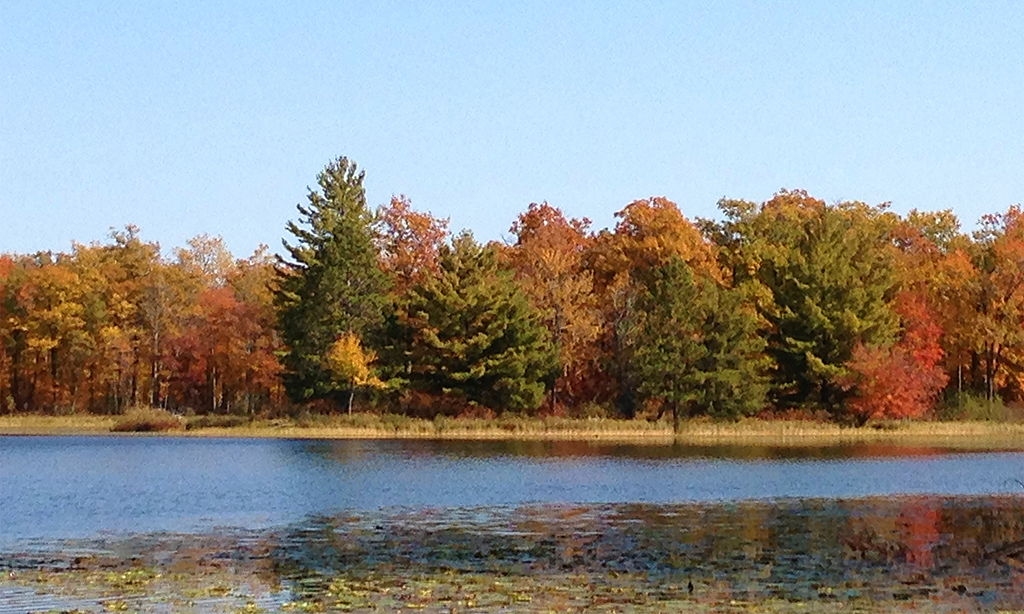 Fall color on Sunfish Lake. Photo by Kelly Randall
Mille Lacs Moraine SNA is part of a larger landscape with undisturbed forest and lakeshore that was described as a site of Outstanding Biodiversity Significance by the Minnesota Biological Survey. It is also within the Mille Lacs Important Bird Area, noted for red-shouldered hawks, common loons, and several warbler species. Although spring, with its hope of summer and influx of brightly colored singing birds, steals many a birder’s heart, fall offers great birding too, as birds start to flock for their journeys south. Even some insects, like monarch butterflies, begin their migrations in the fall.
Fall is great time to check out geology too. As its name implies, this SNA sits atop a glacial feature called a moraine. A moraine is made up of the sand, gravel, and rocks that traveled with the glacier and were deposited along its edge as it retreated and melted.
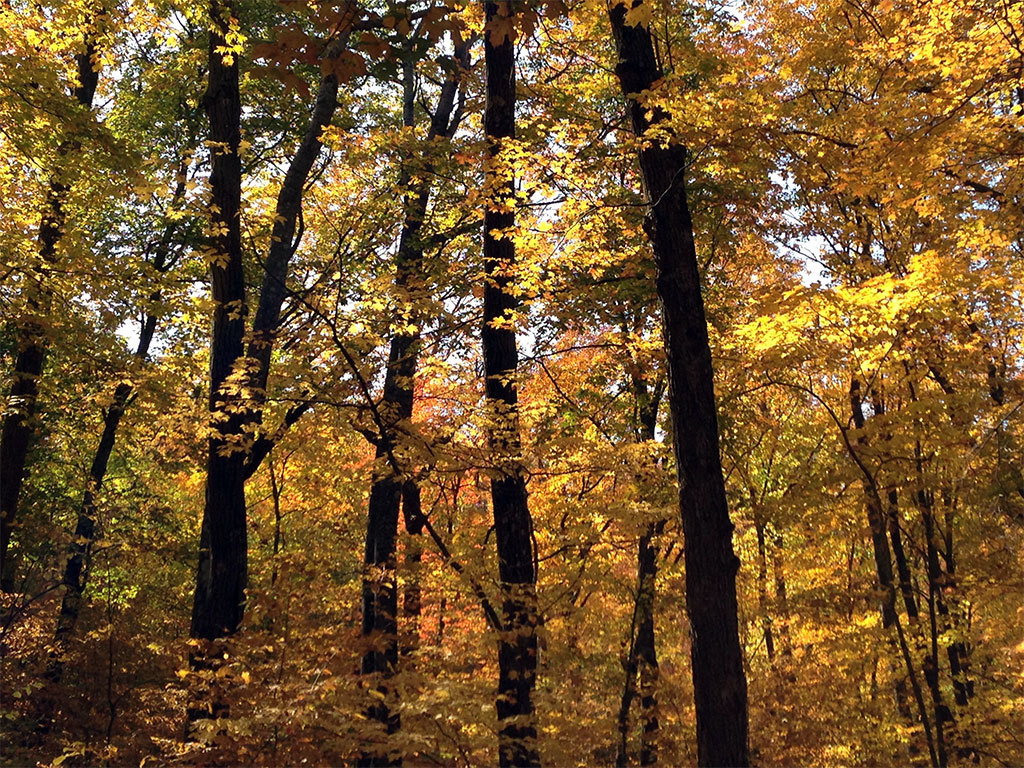 Sugar maples put on a colorful fall show at Mille Lacs Moraine SNA. Photo by Kelly Randall
Like most SNAs, Mille Lacs Moraine has no maintained trails. However, an old road bisects the site from north to south and another abandon road heads west from Sunfish Lake to the west. Although you may encounter overgrown areas and downed trees, these old roads provide a good place to start exploring the SNA.
Interested in exploring the fall wonders of Mille Lacs Moraine? Join SNA Naturalist Arika McGraw (Preas) on October 8 (the site’s 10 birthday) from 4:00-5:30 p.m. for a guided hike to enjoy all that a fall visit offers.
Back to top

Minnesota Hosts the 2022 Natural Areas Conference
Sarah Floyd and Moira McGinty Klos with the Natural Areas Association
Practitioners arrived in beautiful Duluth, Minnesota, for the Natural Areas Association's (NAA) 2022 Natural Areas Conference from September 6 through September 9, 2022. Themed Superior Visions: Navigating Complexity Amid Constant Change, the NAA hosted more than 300 registrants from across the country at the Duluth Entertainment Convention Center. In the opening plenary, guests were introduced to the natural history of the unique landscape of Minnesota by staff from the Minnesota Biological Survey, including Fred Harris, Botanist and Plant Ecologist; Michael Lee, Botanist and Plant Ecologist; and Chel Anderson, retired Botanist, Plant and Forest Ecologist, and author. Chris Helzer, Director of Science at The Nature Conservancy in Nebraska and The Prairie Ecologist blogger, also addressed participants, providing a humorous, yet inspiring reminder of why we do this important work.
 Natural areas practitioners from across the United States listen to Natural Areas Association Executive Director, Lisa Smith, give opening remarks at the 2022 Natural Areas Conference held recently in Duluth, Minnesota. Photo by NAA staff
Natural areas practitioners engaged in sessions with topics ranging from climate change, prescribed disturbances, invertebrate conservation, and conservation detection dogs. Everyone especially enjoyed hearing from keynote speaker Robin Wall Kimmerer during a live-streamed plenary titled Land Justice: Engaging Indigenous Knowledge for Land Care.
During the week, NAA also celebrated conservation leaders in the natural areas field, including Thomas Meyer from neighboring Wisconsin. He serves as a Conservation Biologist for their State Natural Areas Program at the Wisconsin Department of Natural Resources.
A Natural Areas Conference would not be complete without getting out of the conference center and onto the land. Registrants enjoyed “Biodiversity After Dark”, a field trip focused on moths; along with outdoor workshops offering everyone an opportunity to enjoy the wonders of Minnesota. Participants spent the day exploring multiple sites, including the St. Louis River Estuary, Gooseberry Falls State Park, Sax-Zim Bog, Iona's Beach Scientific and Natural Area, Tettegouche State Park, Minnesota Point Pine Forest Scientific and Natural Area, and Hemlock Ravine Scientific and Natural Area, among others.
The NAA would like to thank its conference partner, the Minnesota Department of Natural Resources (MN DNR). The team from the MN DNR not only supported the planning of this event but also enthusiastically assisted in participating as proposal evaluators, speakers, session monitors, conference volunteers, and field workshop leaders. The NAA could not have hosted the 2022 conference without their in-kind contributions. The NAA would like to specifically acknowledge its Conference Chair and Co-program Chair, Judy Schulte, Prairie Biologist with the Scientific and Natural Areas Program, and Co-program Chair, AmberBeth VanNingen, Northeast Regional Specialist, Scientific and Natural Areas Program. Judy and AmberBeth have been with the NAA every step of the way, ensuring that this year’s conference exceeded expectations.
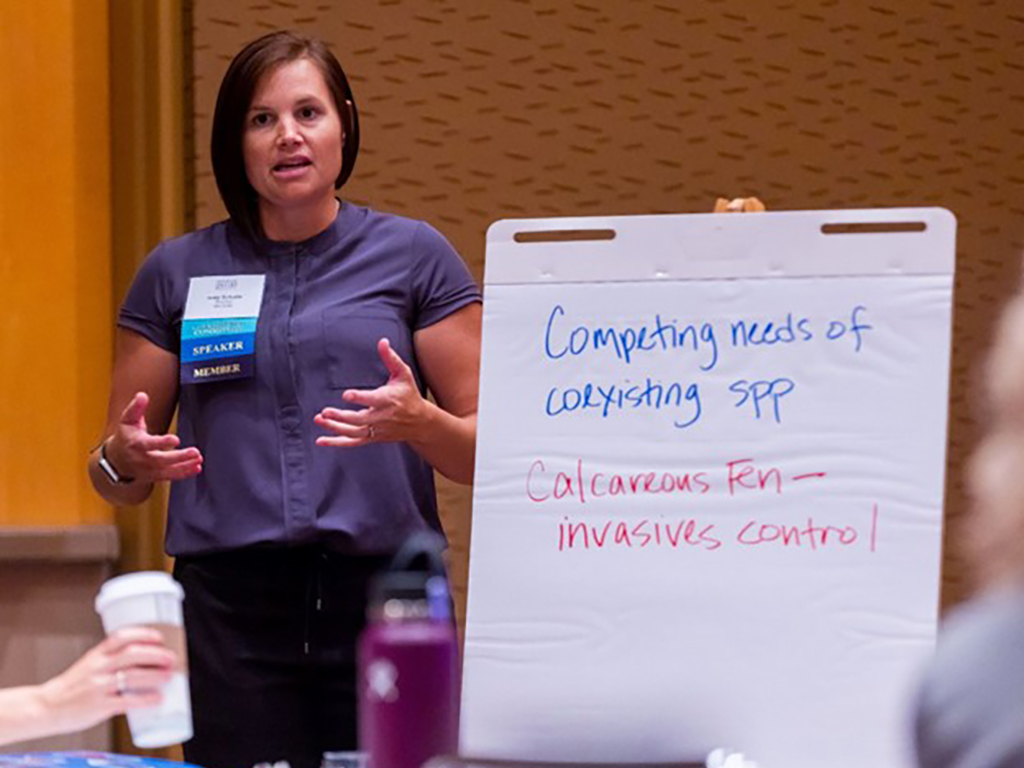 Judy Schulte, Prairie Biologist with the Scientific and Natural Areas Program, leads a round table discussion at the 2022 Natural Areas Conference held recently in Duluth, Minnesota. Photo by NAA staff
NAA serves practitioners and scientists focused on the management of ecologically significant natural landscapes with the intent to protect biodiversity. Protecting land and water biodiversity requires quality science to inform practices on the ground. NAA curates and shares relevant and timely programs and resources with practitioners who are responsible for the ecological resilience and protection of natural areas in perpetuity.
Back to top
Research Roundup
AmberBeth VanNingen, Northeast Regional Specialist and Kelly Randall, Statewide Outreach Coordinator
Scientific research is encouraged on SNAs to advance the knowledge of natural systems. Each year the Scientific and Natural Areas Program reviews between 60 to 75 applications for research, most of which are issued after review by SNA management staff at a local and statewide level. Some applications are also reviewed by Minnesota State Parks and Trails and The Nature Conservancy. So far in 2022, 60 applications have been reviewed, including a handful of special use permits such as seed collection for site restorations and a permit that covers naturalist activities on SNAs. Projects issued a permit this year include:
- Sampling fire scarred trees to determine the fire history and relationship to traditional Anishinaabe land use at Minnesota Point Pine Forest SNA.
Research institution: University of Wisconsin-Platteville
- Assessing wetland status and trends by measuring wetland vegetation quality over time.
Research institution: Minnesota Pollution Control Agency
- Surveying selected SNAs and State Parks for undocumented and rare fungi.
Research institution: University of Minnesota, Bell Museum of Natural History
- Monitoring aphid populations on native prairie to assess their risk of parasitism from an invasive wasp.
Research institution: University of Minnesota, Department of Entomology
- Observing the effects of arbuscular mycorrhizal fungi on the growth of blanketflower, and to apply results to restoration projects for native plants.
Research institution: North Dakota State University
- Continuing project to preserve native plant genetic diversity by seed banking of endangered and sensitive species.
Research institution: University of Minnesota, Landscape Arboretum
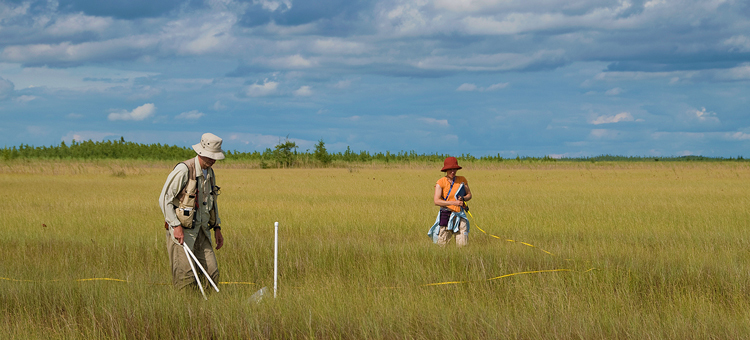
New proposals are welcomed year-round, and the SNA Program encourages researchers, including university professors and independent scientists, as well as undergraduate and graduate students, to apply early. An application this fall or winter for work that proposed for 2023 would provide ample time for review and any needed follow-up. All researchers must submit a completed research application. Please note review of application may take up to 30 days or more.
Back to top
Discover Minnesota Prairie
Discover Minnesota prairie with the brand-new web pages dedicated to all things prairie! If you’ve ever wondered what makes prairie special, where to go to visit one, or why prairie is important, these are the web pages for you!
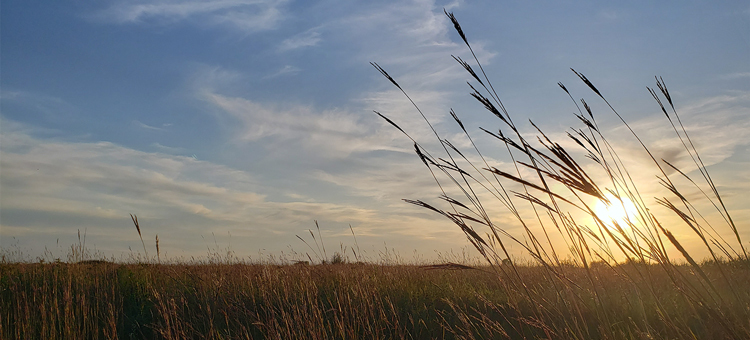 Back to the top
Notes from Site Stewards
Site stewards monitor SNAs across Minnesota. Their observations provide valuable information to the SNA Program. Here are some interesting notes from recent reports.
- The members of the Natural Resource Management (NRM) Club at North Dakota State University, led by Professor Jack Norland, have been Site Stewards at Blanket Flower Prairie SNA for many years. On September 11th they hosted a seed collection event. The club noted that the current drought may be impacting the growth of species such as the rare Hill’s thistle, yet they were able to collect seeds from leadplant, white prairie clover, purple prairie clover, and Kalm’s brome. These seeds will be used later this fall for prairie restoration on the site.
- While on a regular visit to Pennington Bog SNA on June 22nd, Site Steward Janet Nelson observed and photographed a small round-leaved orchid. Did you know there are almost 50 species of native orchids in Minnesota? Check out the full list.
-
Brett Whaley has been keeping busy at Uncas Dunes SNA. During his last visit on August 23rd, he fixed some boundary signs, chatted with visitors, and notified us of some trees that have succumbed to oak wilt.
- The Kujath family (Jeff, Jennifer, and Jakob) discovered large populations of Queen Anne’s lace and wild parsnip at Osmundson Prairie SNA. Thanks to them for recognizing the need for removal, and subsequently having a volunteer event on July 30th (which the Kujath family attended) to remove this invasive species from the 6-acre SNA.
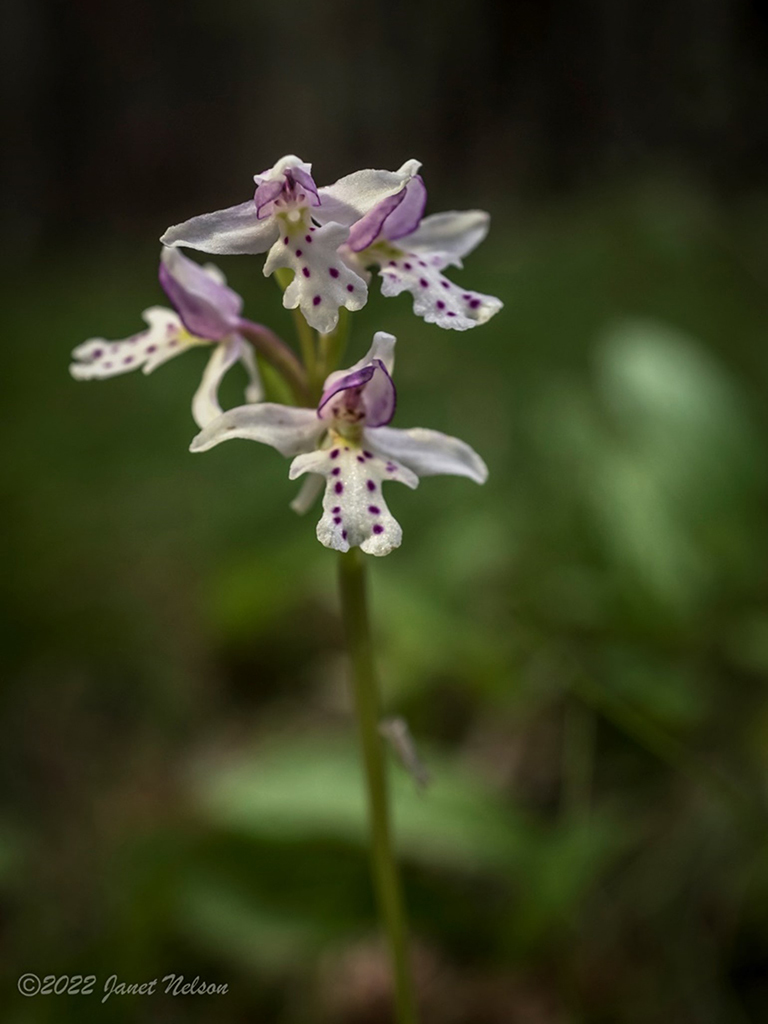 Small round-leaved orchid at Pennington Bog SNA. Photo by Janet Nelson
Back to top

SNA Events
Days are growing shorter, temperatures are cooling, and leaves are changing color; it is a perfect time of year to get out and see an SNA. Better yet why not join us for one these fun events? A full up-to-date list can be found on the SNA events calendar.
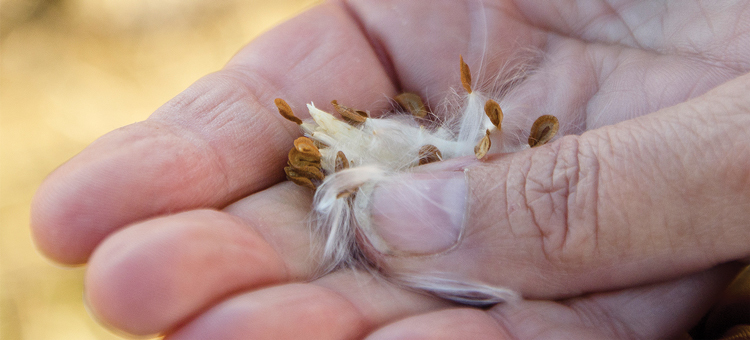

|